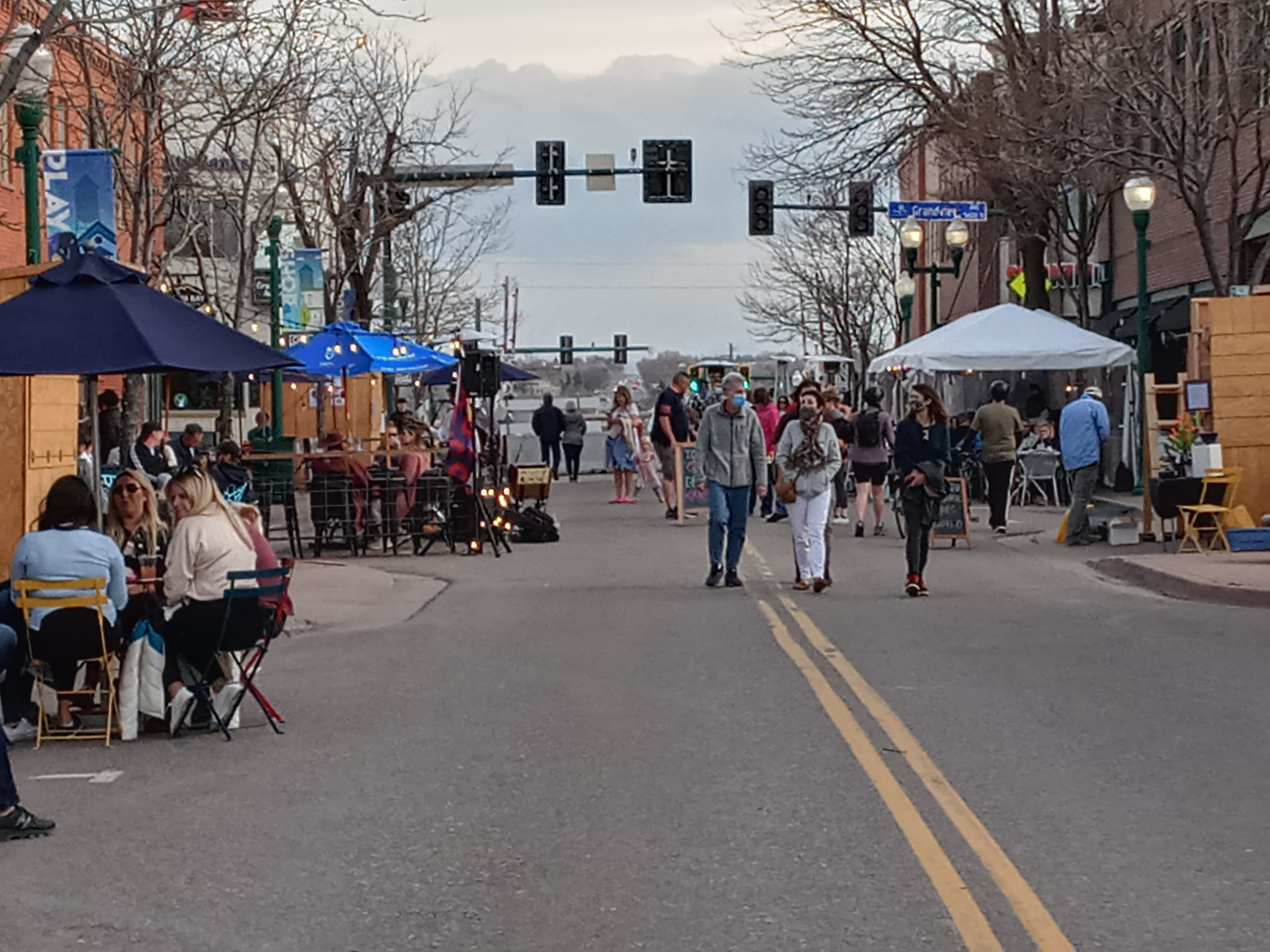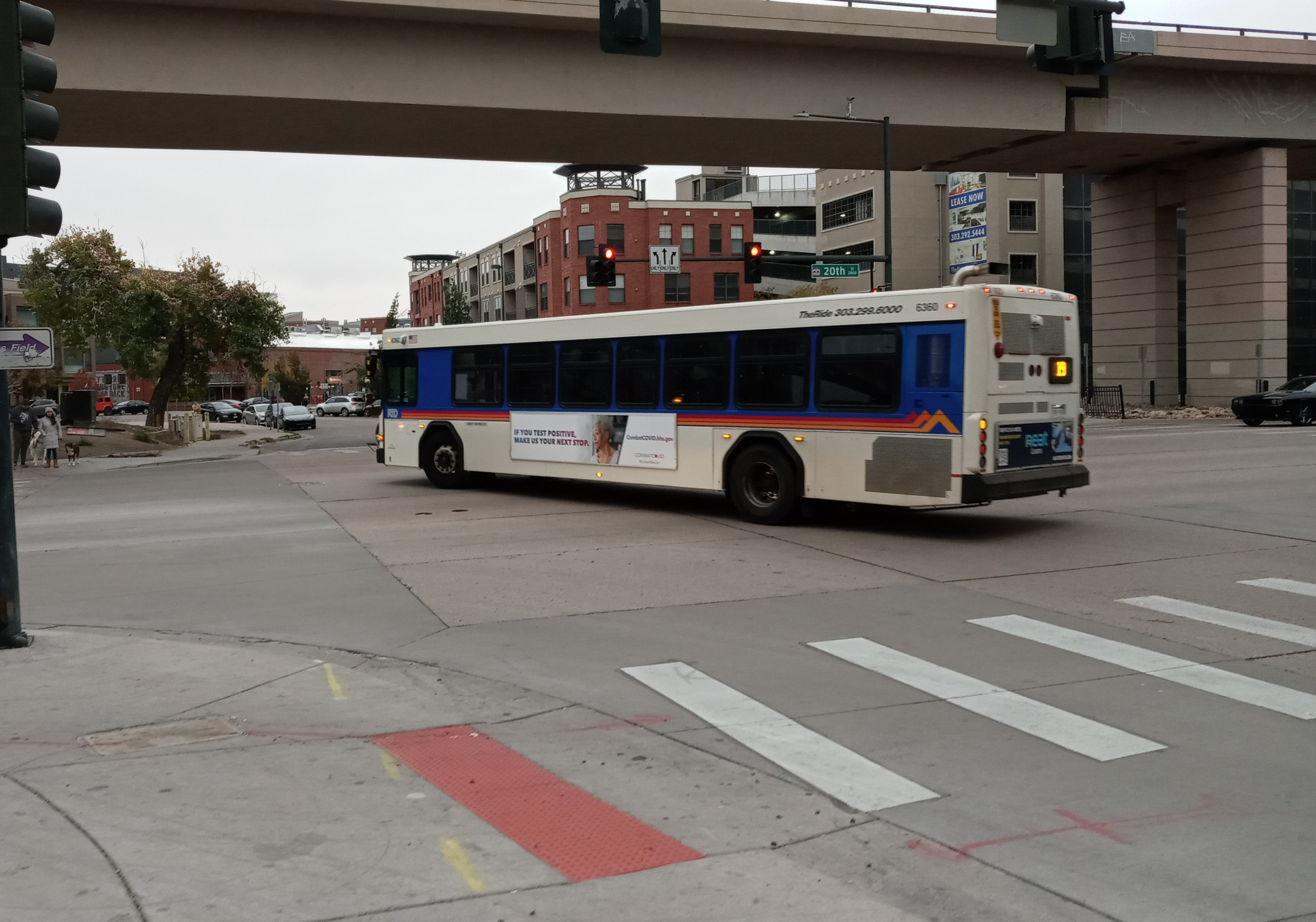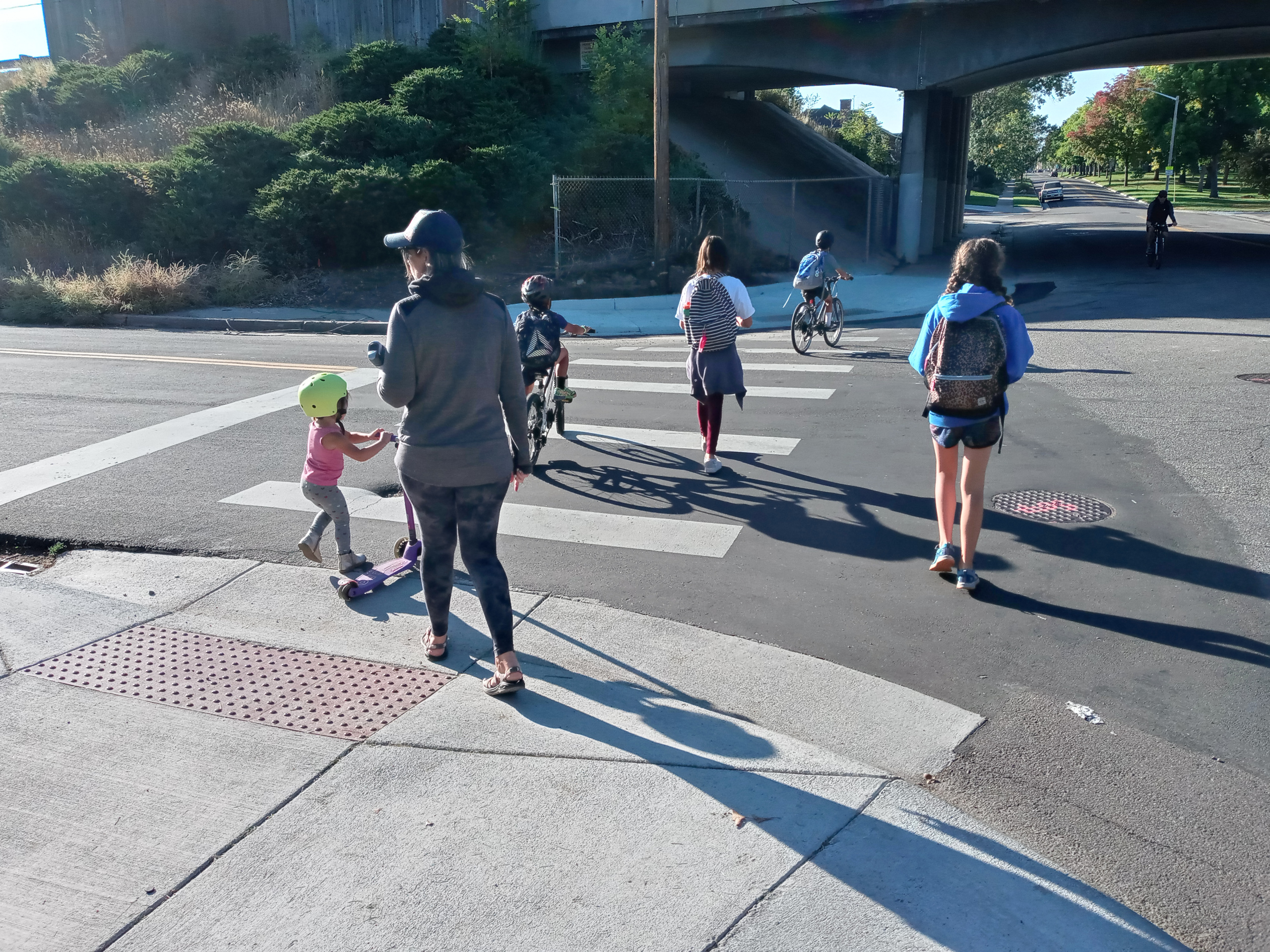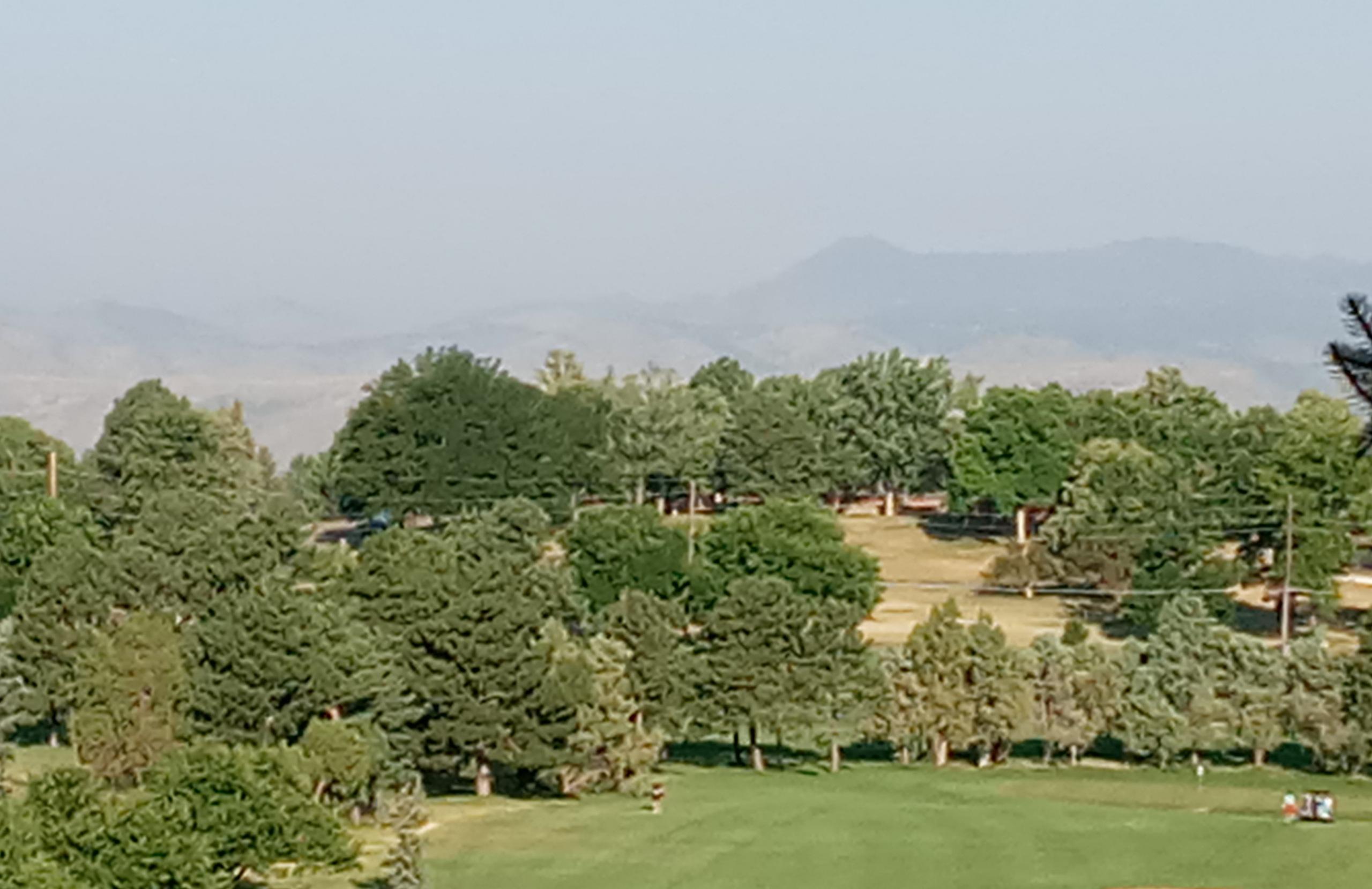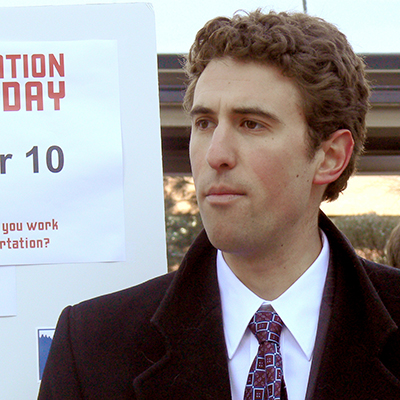
CDOT takes an important nation-leading step forward with its greenhouse gas rule
With its greenhouse gas reduction rule in place, Colorado’s Department of Transportation (CDOT) becomes one of the leading states in tackling the single biggest source of climate pollution - the transportation sector. Success will be determined by how well it is implemented. The next six months will be critical.
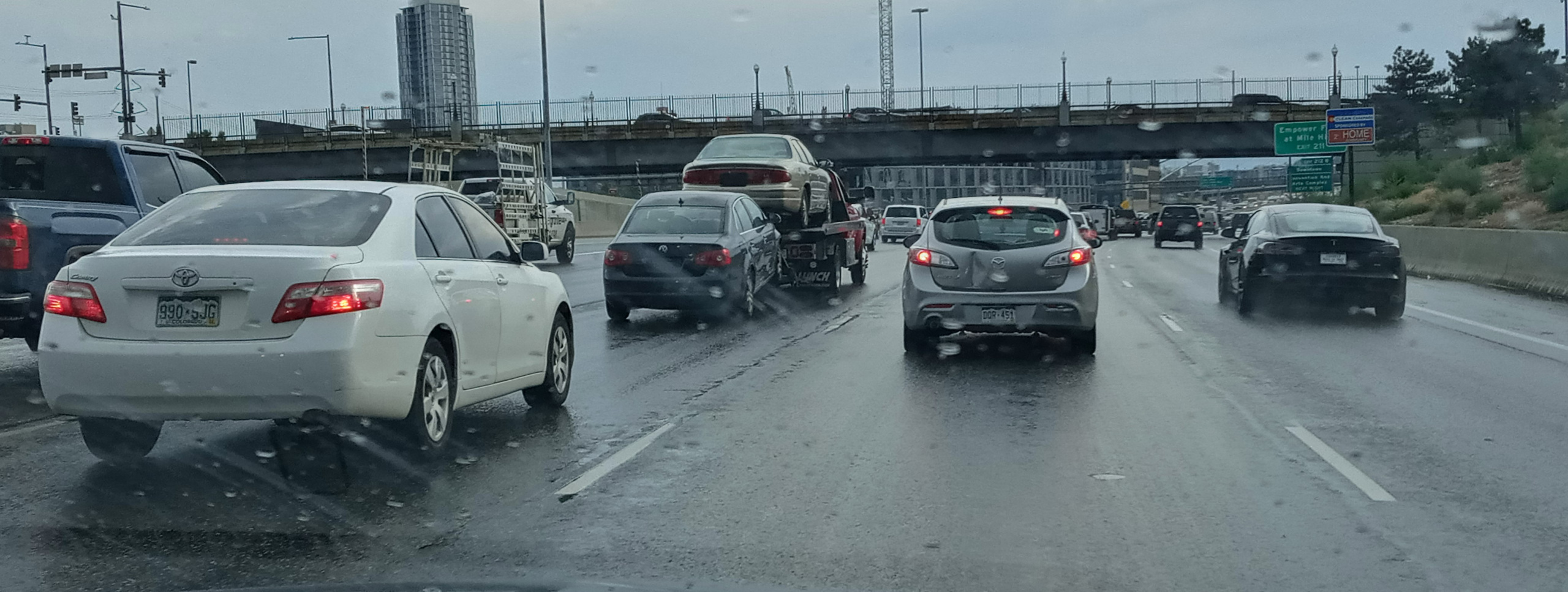
Transportation is the single-biggest source of greenhouse gas emissions in Colorado because nearly all our vehicles are gas or diesel-powered.
And while our state is aggressively implementing policies and investing hundreds of millions in transitioning our vehicles to cleaner, electric-powered ones, that transition won’t happen fast enough.
The most ambitious projections anticipate about 20% of the vehicle fleet will be electric by 2030.
According to the Governor’s Greenhouse Gas Pollution Reduction Roadmap, that means electric vehicle strategies will only get us about 60-70% of the way to where we need to go.
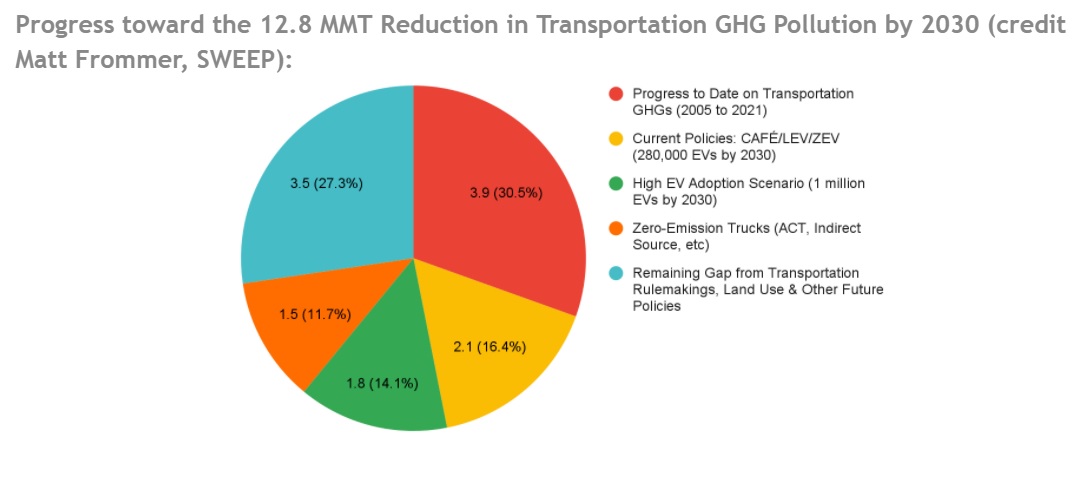
We need to also cut transportation pollution by expanding the number of trips that are completed without a car.
That’s why today’s decision by the Colorado Department of Transportation to set a goal for reducing greenhouse gas emissions and create a set of strategies to meet that goal by expanding travel options is a huge deal.
Looking across the country, Colorado is a national leader and is one of only a few state DOTs that even has a goal like this.




Authors
Danny Katz
Executive Director, CoPIRG
Danny has been the director of CoPIRG for over a decade. Danny co-authored a groundbreaking report on the state’s transit, walking and biking needs and is a co-author of the annual “State of Recycling” report. He also helped write a 2016 Denver initiative to create a public matching campaign finance program and led the early effort to eliminate predatory payday loans in Colorado. Danny serves on the Colorado Department of Transportation's (CDOT) Efficiency and Accountability Committee, CDOT's Transit and Rail Advisory Committee, RTD's Reimagine Advisory Committee, the Denver Moves Everyone Think Tank, and the I-70 Collaborative Effort. Danny lobbies federal, state and local elected officials on transportation electrification, multimodal transportation, zero waste, consumer protection and public health issues. He appears frequently in local media outlets and is active in a number of coalitions. He resides in Denver with his family, where he enjoys biking and skiing, the neighborhood food scene and raising chickens.
